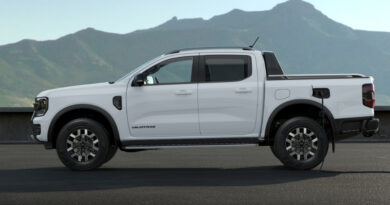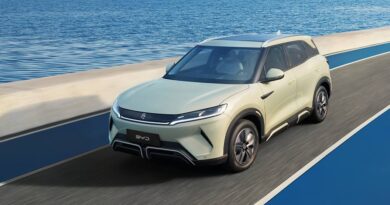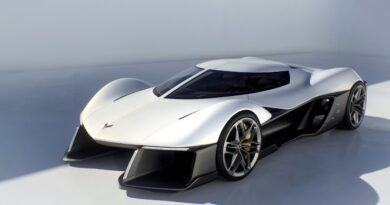Can an EV really do without brakes? DS E Tense concept tests the radical idea
EV drivers already know they can drive many kilometres without using traditional brakes in many situations.
Instead, they rely on the regenerative braking feature of the electric motor, which turns the e-motor into a generator that creates resistance, in turn slowing the car as regular brakes do.
But all electric cars still have traditional brakes in case they need to stop in a hurry. They may not be used much, but they’re there just in case.
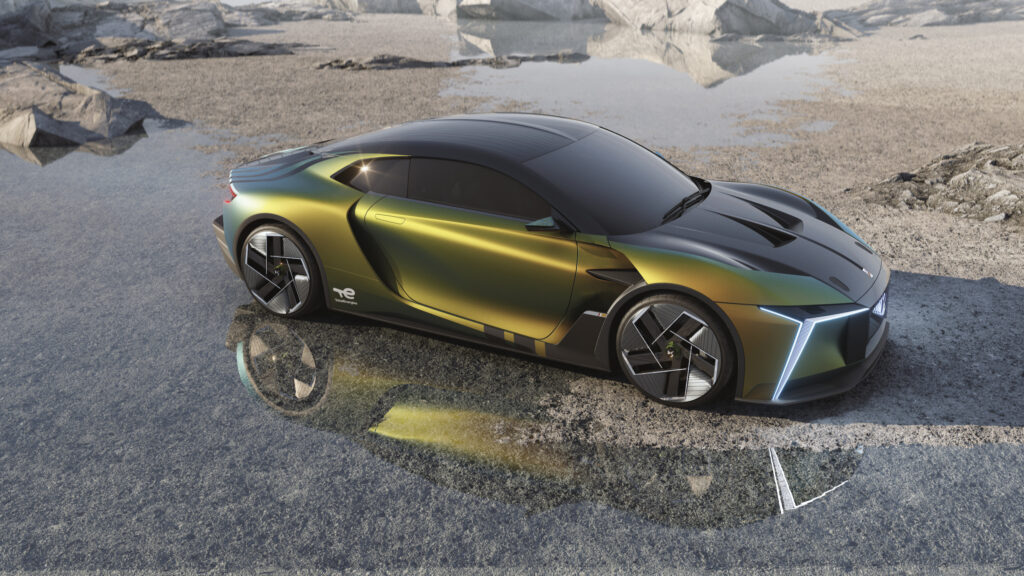
But Citroen’s sporty sub-brand, DS, is teasing the idea of an EV without any traditional brakes.
READ MORE: Citroen e-C4 EV revealed
READ MORE: Plug-in Citroen C5 X under evaluation for Australia in 2022
READ MORE: Citroen e-SpaceTourer people mover offers all-electric travel for nine
The DE E Tense Performance borrows technology from Formula E race cars, which are single-seater open wheeler race cars that use only electricity for propulsion.
The radical grand coupe uses two electric motors that are identical to those used in the brand’s Formula E race car.
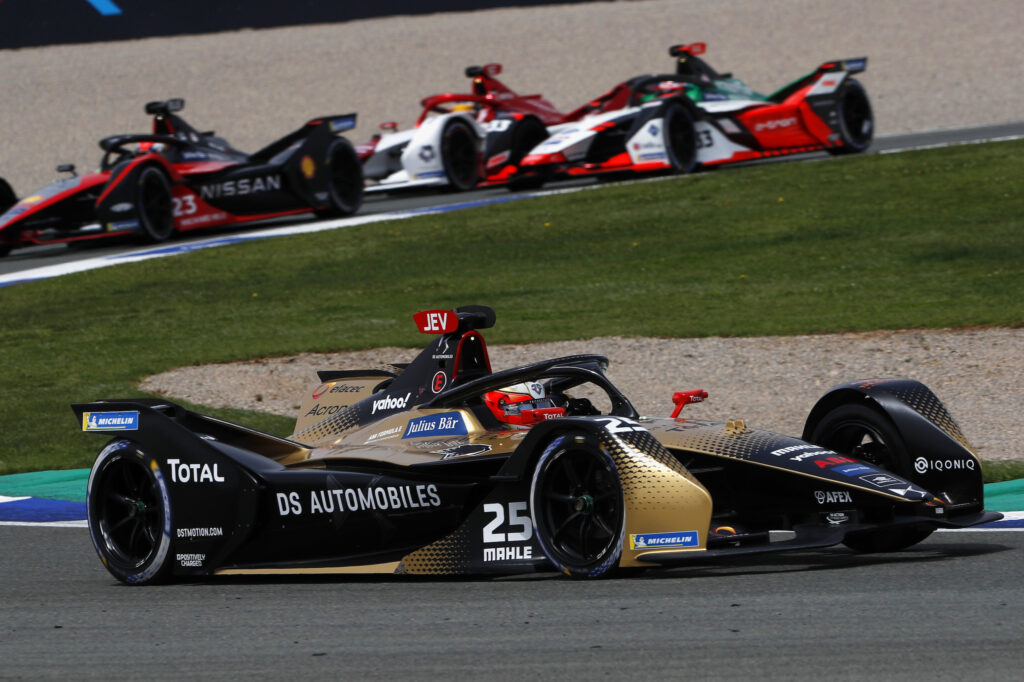
Between them they can produce 600kW of power, enough to propel the car to 100km/h in 2.0 seconds.
Those same motors can provide the same power when reversing the flow of electricity, providing that same force but for deceleration rather than acceleration.
It means the car can stop as swiftly as it accelerates.
“Formula E is about maximising performance and efficiency, and the DS E Tense Performance is our vision of a road car utilising our race-winning technology,” said DS Automobiles CEO Beatrice Foucher.
“Regenerative braking is a very powerful way to not only slow the vehicle down, but also help improve battery performance. The DS E Tense Performance takes the technology to a new level, with regenerative braking used solely to slow the vehicle down.”
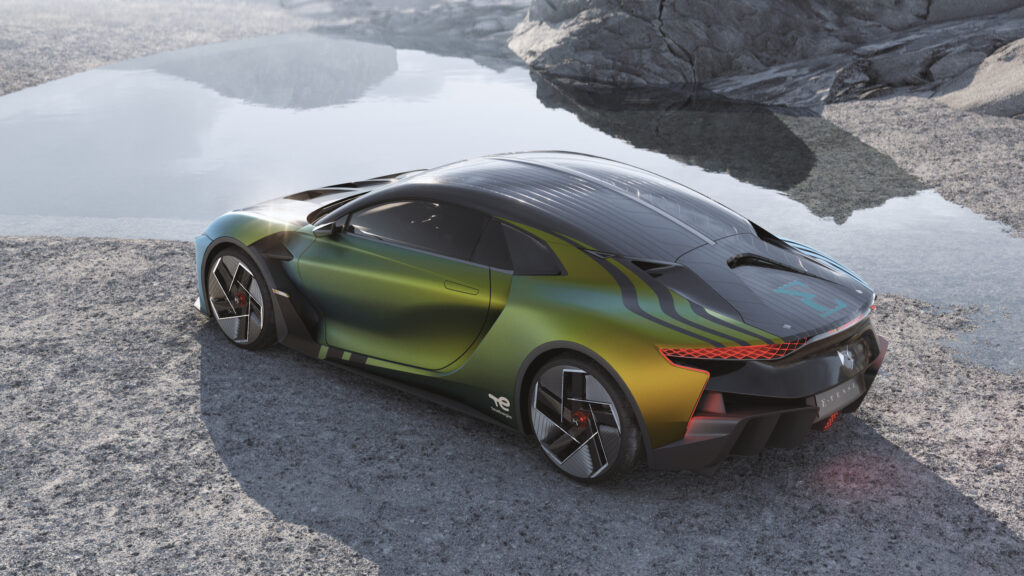
The benefits of such a system are multi-faceted.
There’s the reduced cost of not having to manufacture brakes as well as the space saved by not having to fit the braking system to the car.
There’s also less weight, which in turn promises to improve efficiency.
But one of the biggest benefits is that almost all of the energy that would have been lost as friction in the brakes can be turned into electricity to be used to power the car.
Of course, such a system would only work for EVs with at least two motors powering all four wheels, to ensure braking on all wheels.
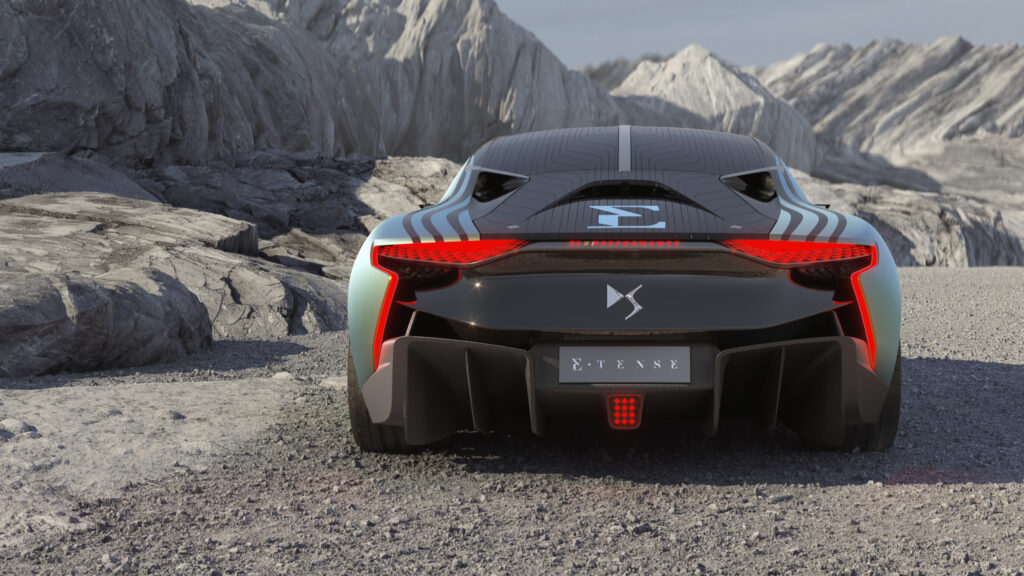
And it would only work with EVs producing extreme power, because the electric motors would need to be able to provide enough force to slow the car with the intensity of a regular braking system.
So don’t expect to see EVs shedding their regular brake systems in a hurry.
But it’s at least an idea of what is possible at the extreme EV level.


